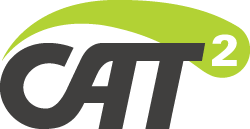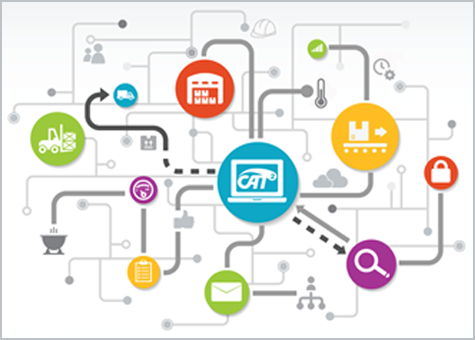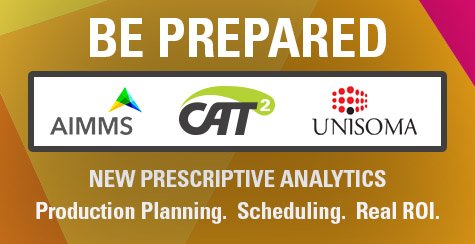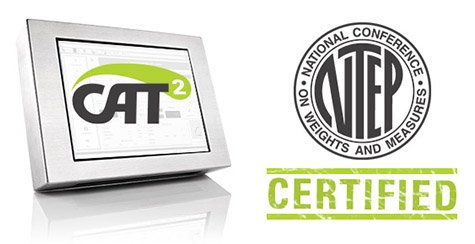It's common within family-owned businesses to see intergenerational conflict regarding when and how to adopt new technology. Often, I hear, "The CEO's son is interested in our system, but he’s got to wait for Dad to retire to make a move." This comment tells me that there are many company executives who are (understandably) intimidated by new technology and want to continue operating for as long as they can within their comfort zones. After all, they built the company and know it better than anyone else… Why change?
If you happen to be one of those executives who feels that investing in new technology is unnecessary at the moment, that is completely okay, and I'm not writing this article to change your mind. I'm writing this article because there is a vital, necessary role that you still need to play to ensure your and your company’s legacy.
In his book Good to Great, Jim Collins discusses the difference between a Level 4 Leader and a Level 5 Leader. A Level 4 Leader leads from a place of ego. They derive a sense of satisfaction watching a company decline after they leave because they see the decline as evidence of their importance since the company could not survive with their leadership.
On the other hand, Level 5 Leaders take great pride in leaving the company better than they found it. They focus their time mentoring junior leaders who will come up after them, and (if they did their job right) their company will grow even stronger after they leave because they taught the next generation well.
That book changed the way I thought about leadership and inspired me to find ways to strengthen the companies I work for even after I'm gone. I've been lucky in that I've had good mentors throughout my career. In my first job out of college, I was replacing a project manager who was leaving to start a family. As she trained me to take her place, I noticed how she had documented her processes and had detailed instructions organized by task in a binder she left for me. I was so impressed by her detailed notes and mentorship, that, whenever I make a career transition, I leave a binder behind for my replacement.
Recently, our CEO held an internal training where he shared insight into our company's process-mapping techniques, and I realized that process mapping presents an ideal opportunity for senior leaders to mentor other leaders within the company while documenting their expert knowledge of the company’s manufacturing processes.
CAT Squared includes process mapping as part of our company's scoping process, which is done in three parts. During the first session, we teach the customer our methodology for MOM mapping (Manufacturing Operations Management). This process helps the customer map their "current state." The first session can be done in person or via video conference call.
This presents an opportunity for discussion about why processes have been designed a certain way and whether there is a more efficient way to optimize part of the company’s production. For businesses facing a transition in leadership, this is an opportunity for the senior executive to share his knowledge about how certain processes were designed and for the next generation of company leaders to present ideas about how to optimize certain processes. Process mapping provides a framework to have discussions about production technology that are sometimes difficult within family-owned businesses or companies that have grown comfortable with doing things the way they’ve always been done.
After the customer has mapped the current state of their process, our team, consisting of a process specialist and a quality specialist, will come on site for a period of time, depending on size and complexity of operation, and work with each division within the business to identify the value drivers in their area that can drive continuous improvement. We tell them to think outside the box and add ideas and suggestions drawing on our industry experience. We will rank the value drivers on a grid charting return vs. complexity. The customer now has homework where they analyze the value drivers identified and select those that they want to go after and prioritize them.
In the final phase, we build the "future state." This is another on-site phase where we field a team made up of one or more SME's (subject matter experts), quality experts, production experts, and hardware experts. The objective is to determine exactly how we will achieve the value drivers identified in the previous phase. This includes touring the facility several times, proposing software solutions, hardware, process engineering and improvements, procedural improvements, etc. The output is a detailed proposal. We will also assist the customer in using the proposal to build the "future state" version of their MOM mapping documents, which represents the future process with our solutions and suggestions integrated.
We also do a ROI study at this time to identify the potential return on investment that can be derived from all the relevant value drivers identified. This can be used by the customer to justify the future state and identify "low hanging fruit" for quick-win sub-projects.
If your company is interested in learning how to develop your own process map, please email TellMeMore@catsquared.com.
